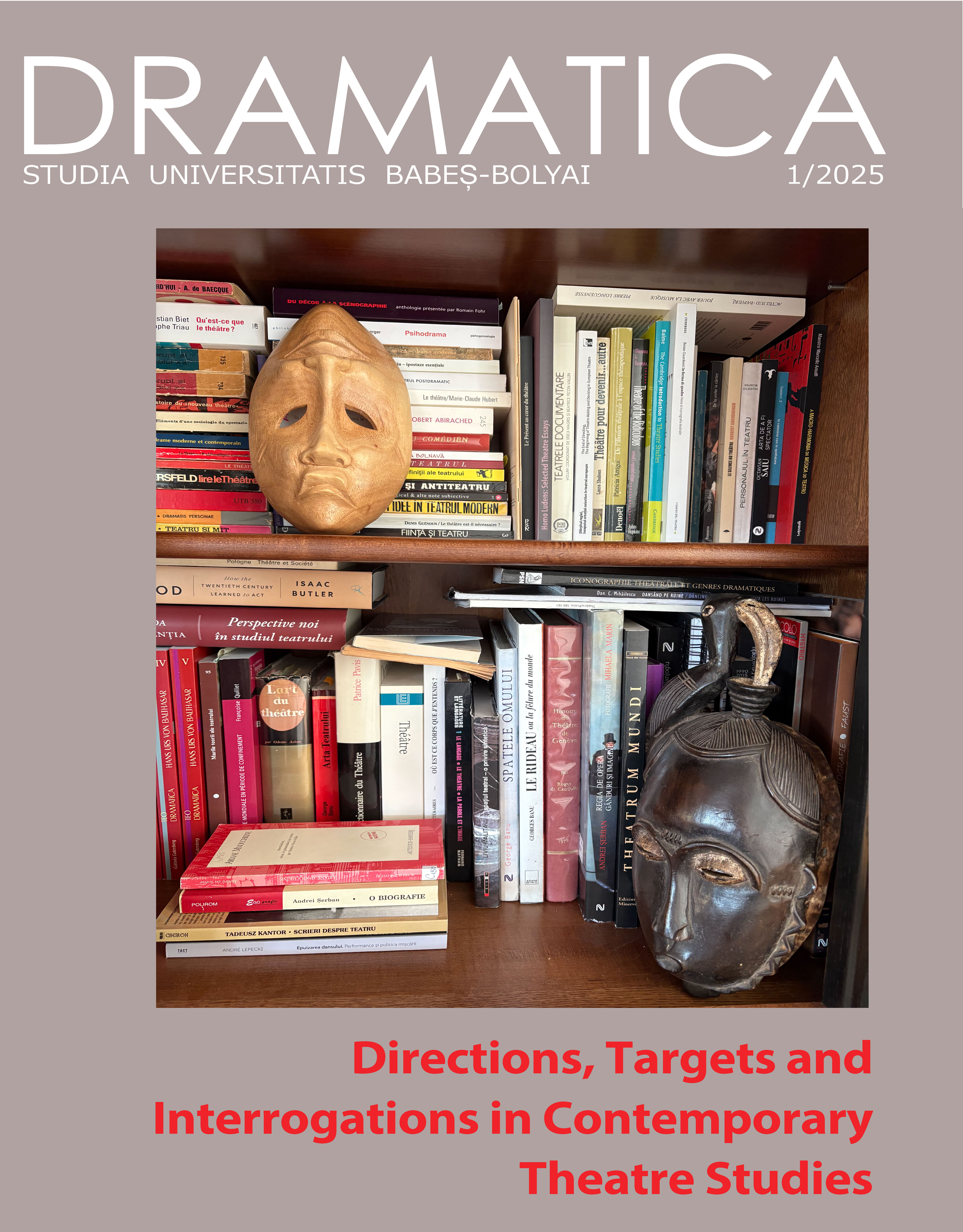Navigating the Middle Ground: The Necessity of Middle Films for Audience Engagement in Romania
DOI:
https://doi.org/10.24193/subbdrama.2025.1.07Keywords:
Romanian films, middlebrow cinema, audience reach, digital era, marketingAbstract
In the contemporary digital landscape, audiovisual consumption patterns and film marketing strategies have undergone significant transformations, strongly influenced by the proliferation of social media and streaming platforms. Audiences now engage intensively with personalized and interactive content across diverse digital channels, prompting distributors to rethink traditional marketing approaches. Particularly in territories like Romania – categorized by the EU as low-capacity in film production – the lack of middlebrow cinema that effectively bridges artistic and commercial appeal poses substantial challenges. Historically dominated by internationally acclaimed auteur films, the Romanian industry now confronts a critical disconnect with local audiences, who perceive these films as inaccessible and overly intellectual. Conversely, influencer-driven commercial films have surged in popularity but frequently compromise artistic quality, highlighting the urgent need for balanced “middle” productions. Drawing on expert insights from leading Romanian film professionals and case studies of recent local successes such as Două lozuri (Two Lottery Tickets) and Anul Nou care n-a fost (The New Year That Never Came), this paper analyses innovative marketing campaigns leveraging targeted social media strategies, influencer engagement, and community-driven promotional efforts. It argues that developing middlebrow cinema accompanied by sophisticated digital marketing can enhance audience diversity, support sustainable growth of the Romanian film industry, and reconnect domestic viewers with locally produced content, bridging the persistent gap between international critical acclaim and genuine public interest.
References
Beyens, Ine, Elien Frison, and Steven Eggermont. “‘I Don’t Want to Miss a Thing’: Adolescents’ Fear of Missing Out and Its Relationship to Social Needs, Facebook Use, and Facebook-Related Stress.” Computers in Human Behavior 64 (2016): 1-8.
Cohen, Hephzibah. “FoMo: Do You Have a Fear of Missing Out?” The Telegraph, May 17, 2013. https://www.telegraph.co.uk/women/womens-life/10061863/FoMo-Do-you-have-a-Fear-of-Missing-Out.html
Gambarato Rampazzo, Renira, and Geane Carvalho Alzamora. “Evidence from the Official Spider-Man Movie TikTok Account.” Convergence: The International Journal of Research into New Media Technologies 30, no. 1 (2024): 1-14.
Katz, Elihu, Jay G. Blumler, and Michael Gurevitch. “Uses and Gratifications Research.” The Public Opinion Quarterly 37, no. 4 (1973): 509-523.
Lynes, Russell. “Highbrow, Lowbrow, Middlebrow.” The Wilson Quarterly 1, no. 1 (1976): 146-158.
McGrath, Charles. “The Triumph of the Prime-Time Novel.” The New York Times Magazine, October 22, 1995, 22-25.
Scott, A. O. “Avengers: Infinity War: It’s Marvel’s Universe, We Just Live in It.” WRAL.com (from The New York Times), April 26, 2018. https://www.wral.com/-avengers-infinity-war-it-s-marvel-s-universe-we-just-live-in-it-/17508746/
Xue, Dingqi. “A Study of Evolution of Film Marketing in the Digital Age.” SHS Web of Conferences 193 (2024): 1-5.
Downloads
Published
How to Cite
Issue
Section
License
Copyright (c) 2025 Studia Universitatis Babeș-Bolyai Dramatica

This work is licensed under a Creative Commons Attribution-NonCommercial-NoDerivatives 4.0 International License.


